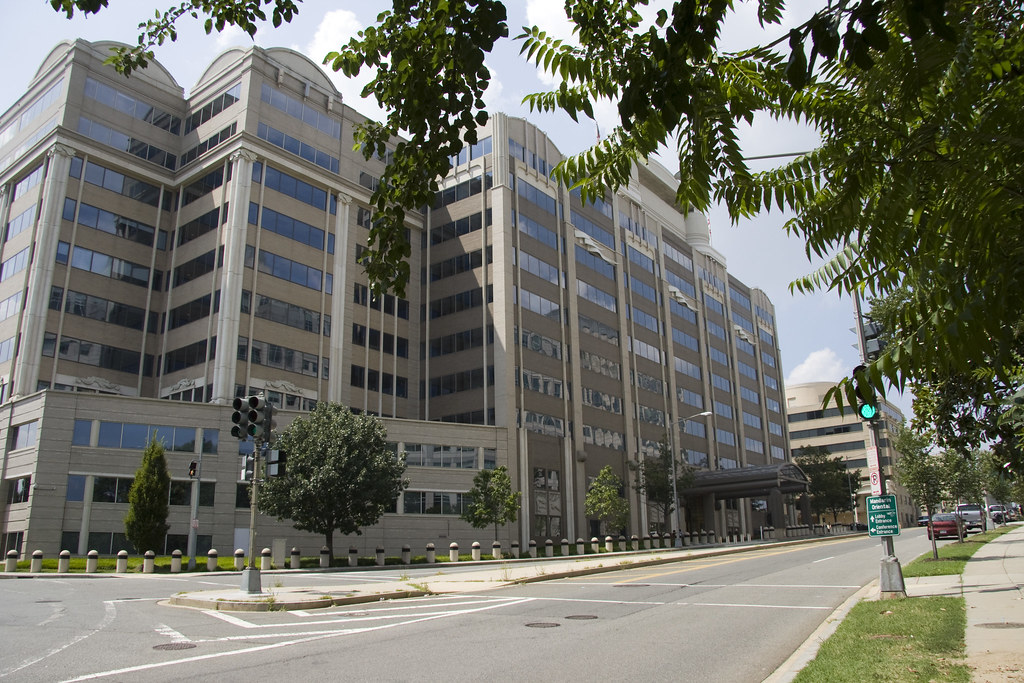
JERSEY CITY, New Jersey — Satellite operators want to participate in a newly proposed $20.4 billion rural broadband program, but say the U.S. Federal Communications Commission’s scoring criteria for signal lag puts them at a disadvantage.
The FCC is seeking to connect upwards of 4 million U.S. homes and small businesses through a new program called the Rural Digital Opportunity Fund that would subsidize broadband in underserved regions from 2020 to 2030. But companies who can’t provide service with 100 milliseconds or less latency will get a 40-point penalty, making it more difficult for them to compete for funds.
In the FCC’s most recent rural broadband program, the $1.49 billion Connect America Fund 2, Viasat was the only satellite operator to receive any funding ($122 million). Hughes Network Systems, Viasat’s top competitor in the U.S. satellite broadband market, refused to bid for Connect America funding in 2018, citing disagreements with the scoring criteria. SpaceX also chose not to bid, after initially signalling interest.
Carlsbad, California-based Viasat, in a Sept. 20 letter to the FCC released Sept. 23, said it chose to participate in the Connect America Fund 2 program despite “substantial handicaps imposed on satellite broadband providers in that auction,” chief being a 25% scoring penalty for latency. The company said the 40% latency penalty being considered for the new Rural Digital Opportunity Fund is “unsustainable as a policy matter,” and would essentially mean geosynchronous satellite operators have little if any participation.
Viasat’s three satellites operate in geosynchronous orbit roughly 36,000 kilometers above the Earth, meaning signals from its satellites need at least half a second to complete the roundtrip journey to the surface and back. The FCC penalized any communications services provider who could not provide speeds with 100 milliseconds or less of signal lag.
“[Geosynchronous] satellite providers were unreasonably singled out for this one metric that affects at most an inconsequential portion of overall broadband service,” Viasat wrote.
But that sentiment isn’t limited to operators only in geosynchronous orbit.
SES operates 20 O3b satellites in 8,000-kilometer medium Earth orbits in addition to its fleet of around 50 geosynchronous satellites. While the O3b satellites are closer to the Earth, their roundtrip latency is 120 to 150 milliseconds, meaning they don’t make the cut.
Luxembourg-based SES said the FCC’s definition of low latency is “arbitrary and would unjustly penalize satellite operators that provide the same services as terrestrial operators, with no perceivable difference in customers’ experiences.”
SES said the FCC should consider metrics set by international standards groups 3GPP and ETSI, which give 150 to 400 milliseconds as an acceptable range for most real-time applications.
SpaceX also wrote to the FCC, but did not mention latency as an issue. The Starlink broadband constellation it is building for low Earth orbits will offer service with less than 30 milliseconds of signal lag, the company said.
Instead SpaceX took issue with the FCC’s timing of funding allotments and requirement that participants offer a standalone voice service. SpaceX also said it isn’t clear how the FCC would enforce a proposed requirement that companies keep pace with rising bandwidth usage over the course of the program.
SpaceX launched 60 Starlink satellites toward a 550-kilometer orbit in May, and plans up to four more dedicated Starlink launches this year, with the next launch slated for no earlier than October from Cape Canaveral Air Force Station in Florida.
One company took issue with the FCC’s exclusion of Alaska from the Rural Digital Opportunity Fund. Pacific Dataport, an Alaskan company leasing capacity on Astranis’ first small GEO satellite, said Alaska should be included even though telecom companies there “elected to receive frozen support” instead of participating in the Connect America Fund 2 program.
Pacific Dataport is developing the “Aurora HTS system” to bring 70 gigabits per second of satellite capacity to Alaska. The first satellite in the system, from Astranis, will bring 7.5 gigabits per second of capacity after it launches late this year on a SpaceX Falcon 9 rocket to geosynchronous orbit.
Pacific Dataport said it plans to have a second satellite in orbit in 2022. The company said studies indicate less than 10% of broadband applications are latency sensitive, but didn’t cite specific research.
Related
ncG1vNJzZmiroJawprrEsKpnm5%2BifK2t056lnLFdl66zecinZKmqn6W8tLHDZmlpZWRir6q4y6Kmp2Wiqr%2BiuIybqaiZlJeur7CMn6ynnF2Zv6LD0magq51dpLNuv8SsZK%2BhkaiutXs%3D